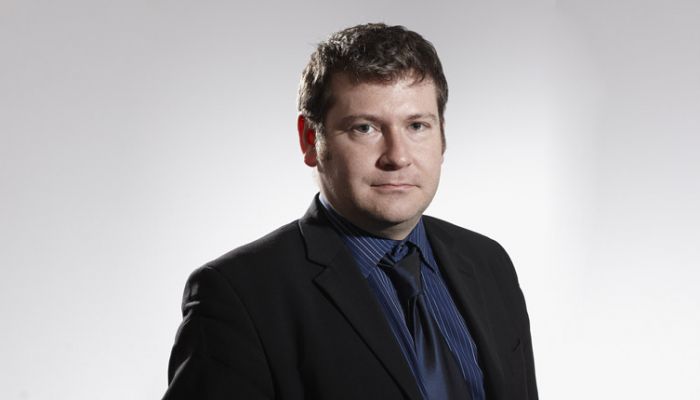Interview with the new Nursing Times editor, Steve Ford
Steve Ford was recently appointed editor at Nursing Times. Having previously worked as the news editor at the publication, Steve speaks to us about stepping into the editor’s shoes, the future of Nursing Times, traditional and social media trends, and going to the same primary school as Russell Brand!
How are you settling into your role as editor at Nursing Times? What is a typical working day like for you?
It’s been great so far. It’s a brand I know well and am passionate about, having previously been news editor for quite a few years. Being in the editor’s chair brings new challenges but also lots of opportunities. We’ve got a lot done in terms of improvements, especially to the website, over the last couple of months. But it’s an ongoing journey.
My typical day involves many meetings – both internal and external – lots of problem solving and communication, some editing and possibly writing the odd leading article.
What are some of the best things about your job? What are some of the more challenging aspects?
Being the editor of a publication with such a rich history and feeling like my team and I are supporting a profession that really matters is a rare opportunity in publishing. It’s also exciting being the editor of brand that is doing well – touch wood – but that also has so much potential.
Rarely having enough time to do as much as I want to do in a day or week is a challenge.
What role does social media have to play in your work? How do you engage your audience?
It is a vital and increasingly important tool for telling people about our content and engaging with our audience. I, alongside the Nursing Times brand, mainly use three platforms – Twitter, Facebook and Instagram. I mainly use my personal Twitter account for work, but we have corporate accounts across all three as well.
What can we expect from Nursing Times over the next 12 months or so?
Our usual great quality clinical, news and opinion content – but with a slightly sharper, more campaigning edge and backed with more strategic use of social media. You should also notice increased integration between the different types of content that we produce, so that it complements each other. In addition, we might dip our toe into trying to develop some audio-visual packages.
Are there any trends you are noticing/can predict?
A tough question. We’ve been on a journey over the last decade from being entirely print focused to becoming very digitally focused, but now find ourselves using the two very much to complement each other. Whether this continues will depend on what our readers tell us they want, as with all things.
Generally, we are seeing social media become the new place where news breaks and engagement takes place – how traditional media adapts to this will be both interesting and key to its survival. Social media moguls could become the new media moguls full stop. It remains to be seen whether the tabloids will survive the transition.
What advice would you give to PR professionals who want to work with you?
Write me an email clearly setting out why you think your press release or other pitch is important to my readers. If I don’t get back to you after you’ve sent a follow-up reminder email, then take it as likely that it’s not the right fit for Nursing Times. Call me if you know me. If it’s a clinical news release, where possible include a quote from a specialist nurse as well as all the usual doctors.
What type of press material are you interested in receiving?
Anything of interest to nurses and the nursing profession really. That can be about a range of subjects – policy and guidance on workforce, education and regulation, or best practice, clinical research and local innovation. We are interested in writing and commissioning news, opinion pieces and clinical articles; but not really features or case studies.
[testimonial_view id=”21″]





Leave a Comment